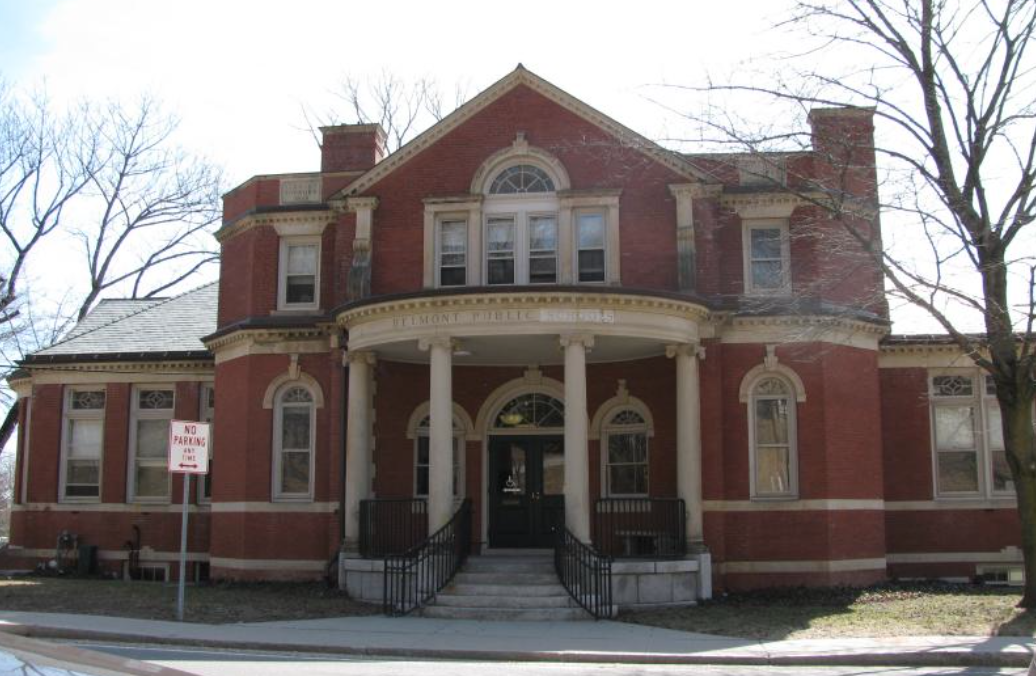It isn’t “the happiest news” the Belmont School Department wanted to give anytime, especially less than two months into the school year, said Laurie Slap, chair of the Belmont School Committee.
If expenditures and trends continue on their current trajectories, the fiscal year 2015 school budget will end the year approximately $500,000 in the red, according to the school’s Director of Finance and Administration Anthony DiCologero.
The forecast, present to the Belmont School Committee at its Tuesday night meeting on Oct. 28, “is not a deficit in any item,” said DiCologero.
While there isn’t one specific cause, there is an overriding theme to the shortfall facing Belmont’s public schools: the well-noted increase of students entering the system.
Kevin Cunningham, at his final committee meeting as he will be replaced by the next meeting on Nov. 18, said the expense spike is “enrollment driven” – with the surge of students has come the need for more services “that is driving costs.”
Due to the rapid rise in total enrollment in all grade levels, a jump in children who are English Language Learners and an increase in students requiring special education instruction has placed the budget under pressure as salaries are nearly $225,000 above the $31.4 million budgeted for the fiscal year, noted DiCologero.
The deficit comes from adding instructors to address enrollment and ELL needs as well increasing the number of special education aides, tutors and occupational therapists.
The remaining $360,000 of the total deficit is the result of an increase in special education expenses such as $125,000 for tuition for six additional out-of-district students (Belmont pupils who are determined will be educated outside the public schools) and $60,000 in added transportation costs.
John Phelan, Belmont’s first-year school superintendent, said he has spoken to administrators, principals and staff on the need “slow down” expenditures such as bringing new technology into the schools and to “prioritize spending.”
But, said Phelan, the “big picture” is “what we need to do differently next year” to prevent repeating the same steps in fiscal 2016.
“These are structural issues,” said Cunningham. And while “this year we’ll strategically shrink it” the deficits will only continue unless expenses are placed in a more long-term context.”








Leave a Review or Comment